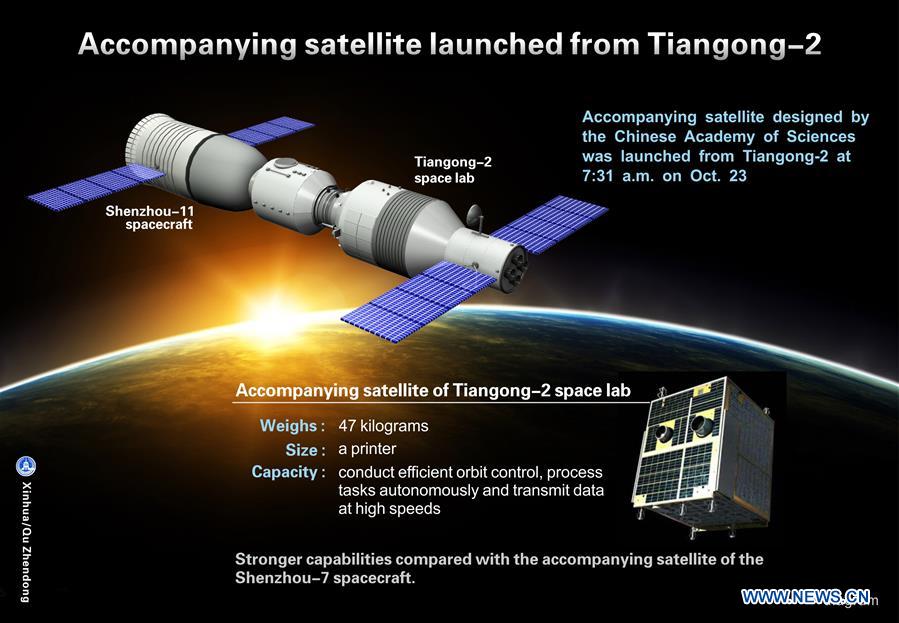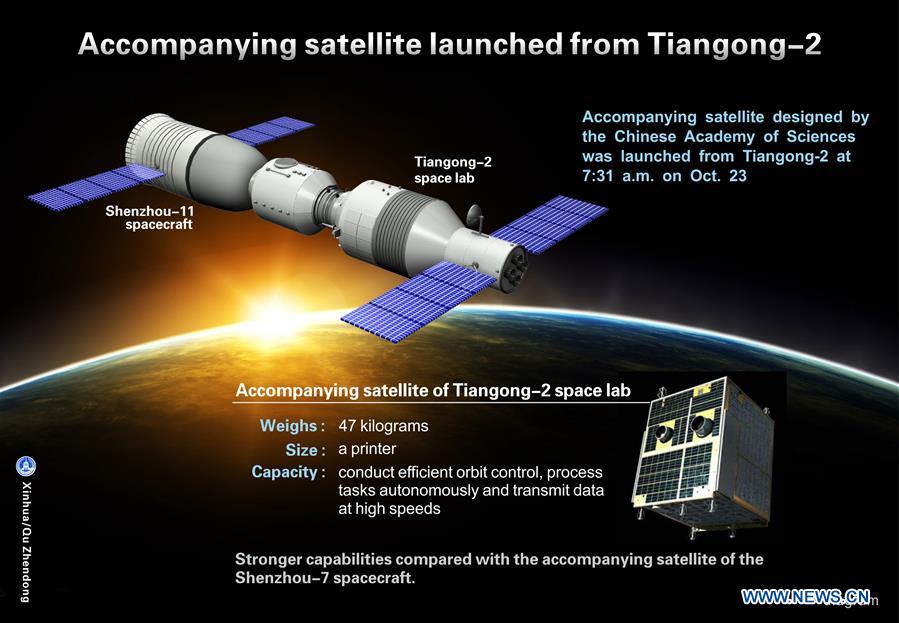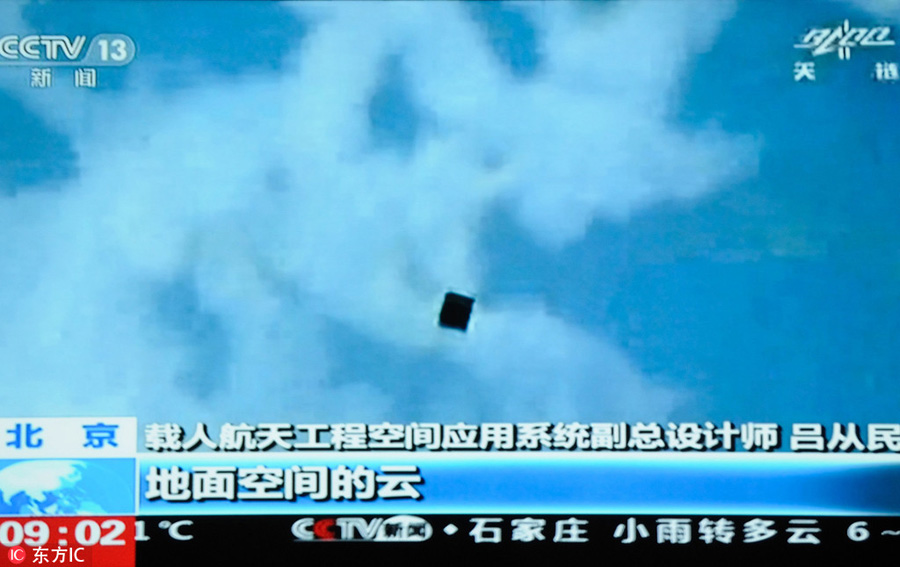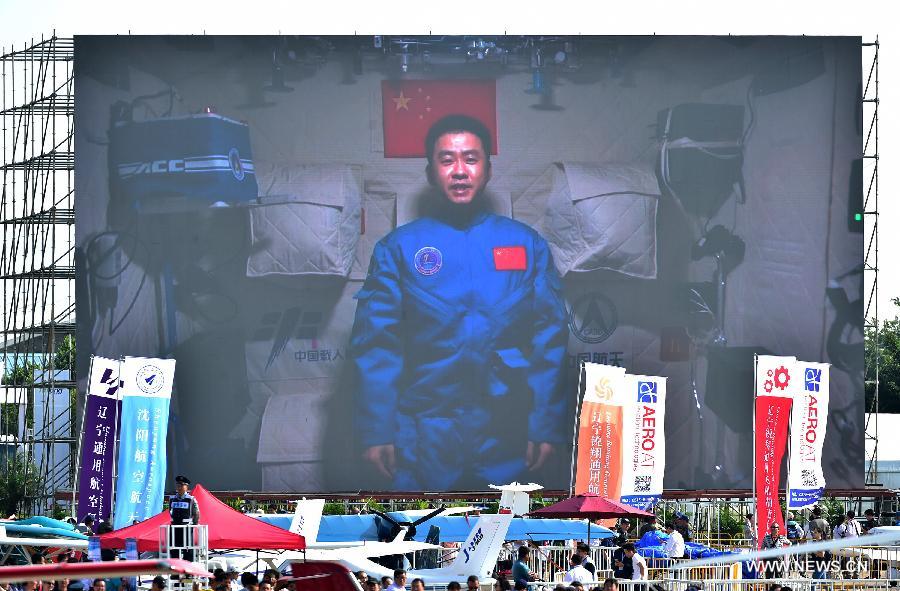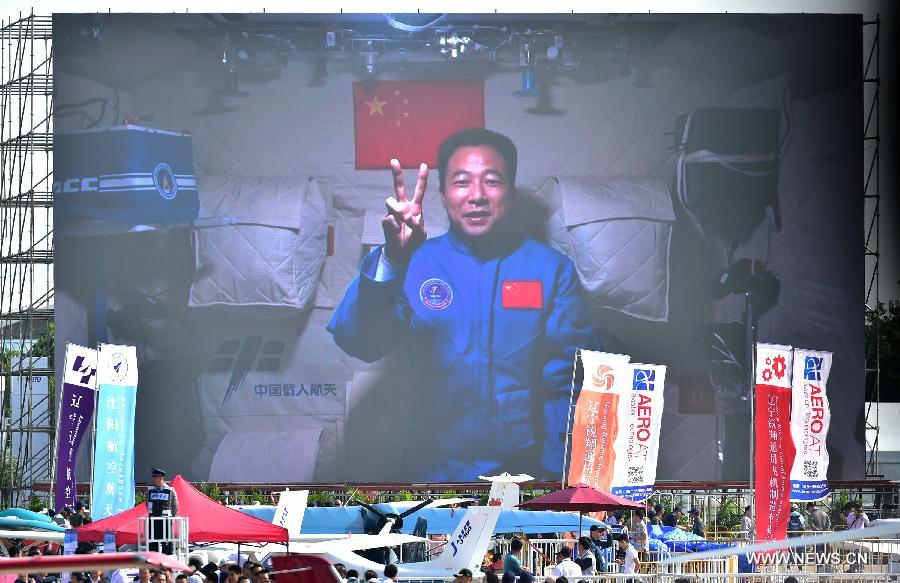cirr
ELITE MEMBER

- Joined
- Jun 28, 2012
- Messages
- 17,049
- Reaction score
- 18
- Country
- Location
China to conduct brain-computer interaction experiments on Tiangong-2
by People's Daily
September 18, 2016
Tiangong-2, China’s first space lab in a real sense, was successfully launched into space on Sept. 15. A brain-computer interaction test system, developed by Tianjin University and installed in the lab, will conduct a series of experiments in space.
Ming Dong, the leader of the research team in charge of the brain-computer test system, said that brain-computer interaction will eventually be the highest form of human-machine communication. China will conduct the first ever space brain-machine interaction experiments, ahead even of developed countries.
The brain-computer interaction test system in Tiangong-2 boasts 64 national patents. The research team has long been devoted to the research of brain-computer interactions, previously developing two idiodynamic artificial neuron robotic systems that can help with the rehabilitation of stroke patients.
The brain-computer interaction technology will also help Tiangong-2 astronauts to more easily accomplish their assigned tasks.
For instance, Ming explained that brain-computer interaction can transfer the astronauts’ thoughts into operations, while at the same time monitoring their neurological function.
http://www.mb.com.ph/china-to-conduct-brain-computer-interaction-experiments-on-tiangong-2/
Details in Chinese: http://news.sciencenet.cn/htmlnews/2016/9/356487.shtm
by People's Daily
September 18, 2016
Tiangong-2, China’s first space lab in a real sense, was successfully launched into space on Sept. 15. A brain-computer interaction test system, developed by Tianjin University and installed in the lab, will conduct a series of experiments in space.
Ming Dong, the leader of the research team in charge of the brain-computer test system, said that brain-computer interaction will eventually be the highest form of human-machine communication. China will conduct the first ever space brain-machine interaction experiments, ahead even of developed countries.
The brain-computer interaction test system in Tiangong-2 boasts 64 national patents. The research team has long been devoted to the research of brain-computer interactions, previously developing two idiodynamic artificial neuron robotic systems that can help with the rehabilitation of stroke patients.
The brain-computer interaction technology will also help Tiangong-2 astronauts to more easily accomplish their assigned tasks.
For instance, Ming explained that brain-computer interaction can transfer the astronauts’ thoughts into operations, while at the same time monitoring their neurological function.
http://www.mb.com.ph/china-to-conduct-brain-computer-interaction-experiments-on-tiangong-2/
Details in Chinese: http://news.sciencenet.cn/htmlnews/2016/9/356487.shtm




